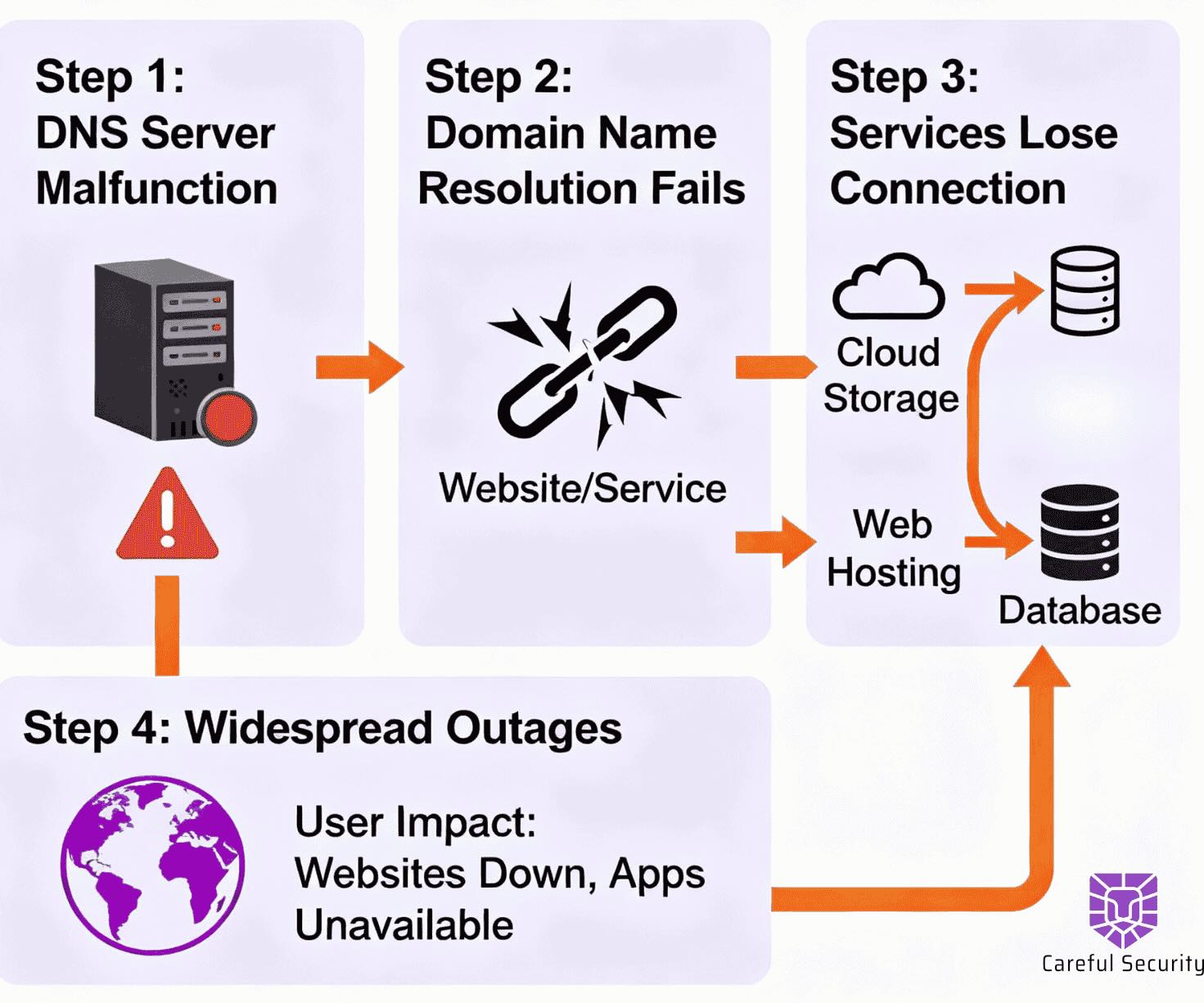Proving Least-Privilege in SaaS: Metrics and Best Practices for 2025

Proving Least-Privilege in SaaS: Metrics and Best Practices for 2025
As SaaS adoption accelerates, enforcing the principle of least privilege has never been more critical. Over-privileged accounts are one of the leading causes of data breaches, insider misuse, and regulatory non-compliance.
For SaaS leaders, you must prove it working with measurable, auditable metrics.
Why Least-Privilege Matters in SaaS
The principle of least privilege ensures every user only has the access required to do their job—nothing more, nothing less.
- Reduce breach impact: Contain account compromise and insider misuse.
- Meet compliance: Auditors and regulators demand evidence of strict access controls.
- Boost trust: Customers and partners want assurance that their data is protected.
But enforcing least privilege across a growing SaaS stack is challenging without the right metrics and automation.
Key Metrics to Audit Least-Privilege
Authorization Failure Rate
Tracks the percentage of denied access attempts. A reasonable rate indicates boundaries are enforced, while a near-zero rate may mean users are over-provisioned.
Access Revocation Speed
Measures the time taken to remove access after an employee exits or changes roles. Faster revocation reduces privilege drift.
Access Review Frequency
How often formal reviews of roles and permissions are completed (monthly or quarterly). Frequent checks align with best practices.
Orphaned Accounts Closed
The number of inactive or unassigned accounts removed. Orphaned accounts are prime targets for attackers.
Segregation of Duties (SoD) Violations
Conflicting roles assigned to the same user (for example, approving and processing transactions). Tracking reduces fraud risk.
Unused Privileges Removed
Permissions granted but not exercised in a set timeframe. Revoking them limits exposure and privilege creep.
Access Certification Completion
The percentage of completed and signed-off reviews by managers or data owners. This provides proof of accountability.
Privileged Account Usage Patterns
Monitoring unusual or excessive privileged activity helps detect policy gaps and insider threats.
Beyond the Metrics: Best Practices for 2025
- Automate access reviews and revocations across SaaS applications.
- Integrate RBAC and IAM policies with strong MFA and SSO.
- Use SaaS Security Posture Management (SSPM) tools to detect misconfigurations and privilege escalation.
- Train staff to recognize privilege risks and anomalies.
Organizations that can show, not just state, their least-privilege enforcement gain a competitive advantage. By proving access is controlled, monitored, and adjusted, you will:
- Strengthen defenses against evolving attacks
- Demonstrate compliance with regulators and partners
- Build trust with customers
In 2025, least privilege is less of a checkbox and more of a business advantage.
Cybersecurity Leadership for Your Business
Get started with a free security assessment today.
.avif)
.avif)




.svg)
.svg)
.svg)